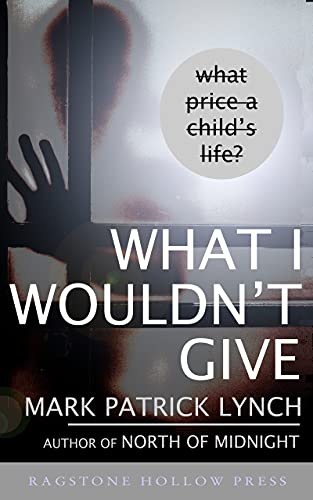bending and breaking and bearing up
And this just caught my eye, another brief but considered review of my In the White of the Snow short story.
It is of course a pleasure to be mentioned alongside the work of Neil Gaiman, however tangentially.
Reputations can be made with a single book. For better or worse, James Herbert’s name will always be linked with his first novel. Originally published in the UK in 1974, The Rats was an instant bestseller. Grim and relentless, with uncluttered prose that only occasionally rose above the workman-like – and subsequently obscured any greater depth the book may have contained in subtext and metaphor to those who weren’t looking for it – it came along and tore apart the gentlemanly conventions that had held sway in horror fiction to this point.
Before James Herbert the bestselling novel of the occult and horror had been the possession of Dennis Wheatley and his characters of dukes and noblemen fighting black magic in courtly dwellings. Herbert was having none of that from the off.
Mostly set in London’s East End, where Herbert grew up in slum housing that had been condemned in the wake of the Second World War, Herbert used recognisably working-class characters that were not the middle-class clichés of middle-class writers trying to “write down”. With a mix of youthful energy, violence, anger (an anger that would later turn, in subsequent books, into its more cerebral cousin outrage), and that urge to break free of convention and “tell it how it was”, it was the right book at the right time -- and as Stephen King later reflected, was an important precursor to the punk movement. Within only a few weeks of publication, it had sold over a hundred thousand copies, and Herbert’s reputation was sealed: he wrote nasties.
It didn’t really matter that in the years following the appearance of The Rats and The Fog (an even more in-your-face violence fest) Herbert wrote a gentle reincarnation fantasy (Fluke), explored Faith (Shrine), touched on fairytales (The Magic Cottage and Once . . .), wrote a careful ghost story in the manner of Shirley Jackson (Haunted), explored environmental concerns with science fiction (Portent), and wrote a sassy state-of-the-horror-novel black comedy (Creed) or that his books had become more character-driven (Others, Nobody True). His reputation was set. He was the guy who wrote horror thrillers, nasties like The Rats, you know, stuff that only appealed to kids. But that’s a lazy tag with which to label him. It doesn’t look at the work that went into the books.
While he might have stumbled occasionally stylistically, and certainly in his later books he had a tendency to overwrite, Herbert was always trying to improve, to write a better book than the one he had produced before. He was honest and hardworking and doing his best. And that showed, and was the reason he was still selling books in huge quantities long after most of his contemporaries and imitators faded from the scene.
He passed away in March of this year, 2013, aged 69, with his much troubled and much delayed final novel, Ash, freshly released in paperback in the UK after many weeks on the hardcover charts, soaring to the top of the bestsellers lists.
But as it is with reputations, it is the rats that tail after him . . .
(Herbert wrote two prose sequels to The Rats – Lair and Domain – and a short graphic novel coda to the trilogy, entitled The City. He wrote another trilogy, this one featuring his ghost hunter protagonist David Ash: Haunted, The Ghosts of Sleath, and Ash. Rumbo, from his gentler book Fluke, made cameo appearances in The Magic Cottage and Once… )





©Mark Patrick Lynch 2012-2021